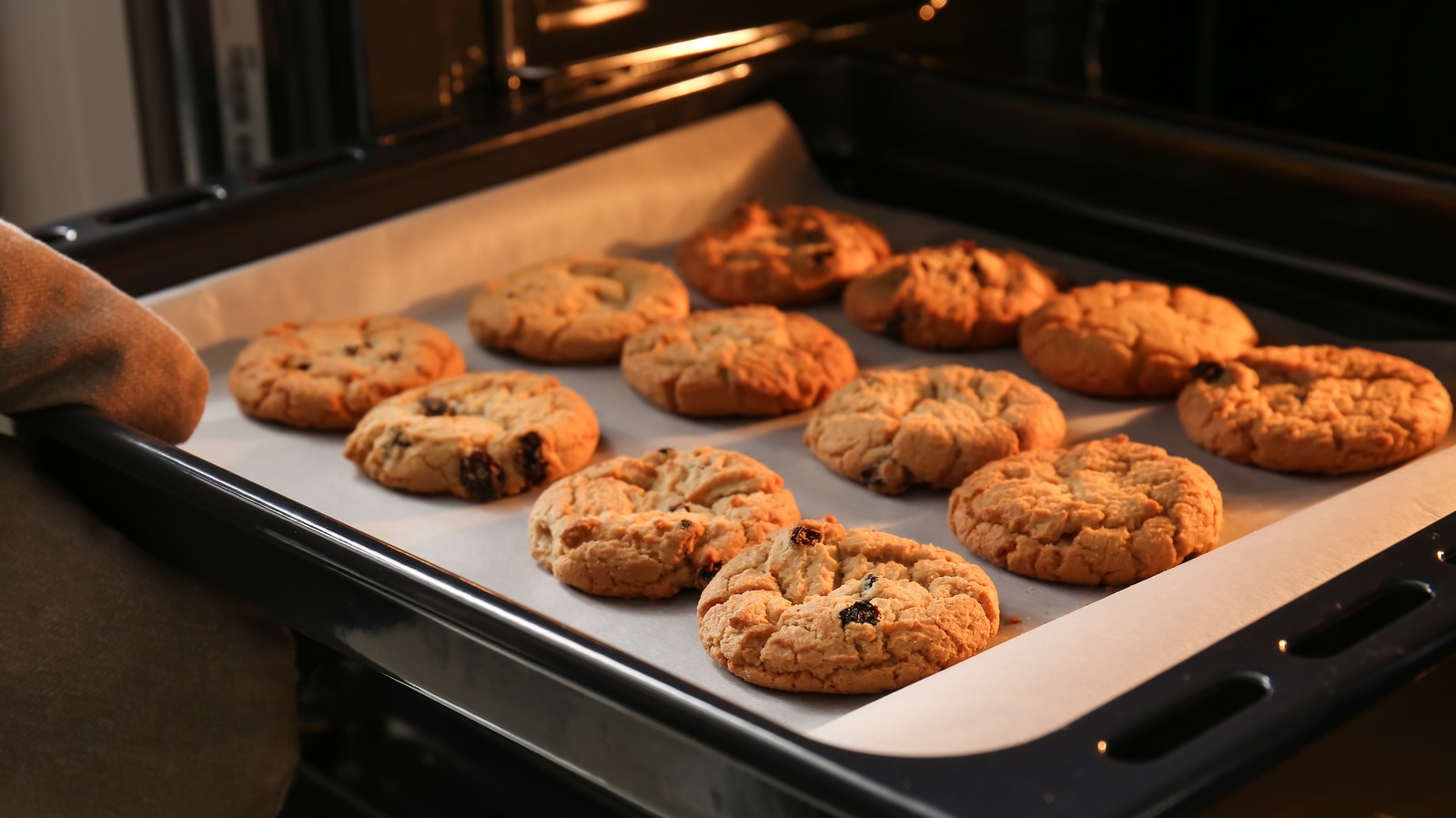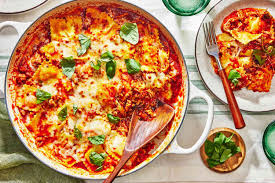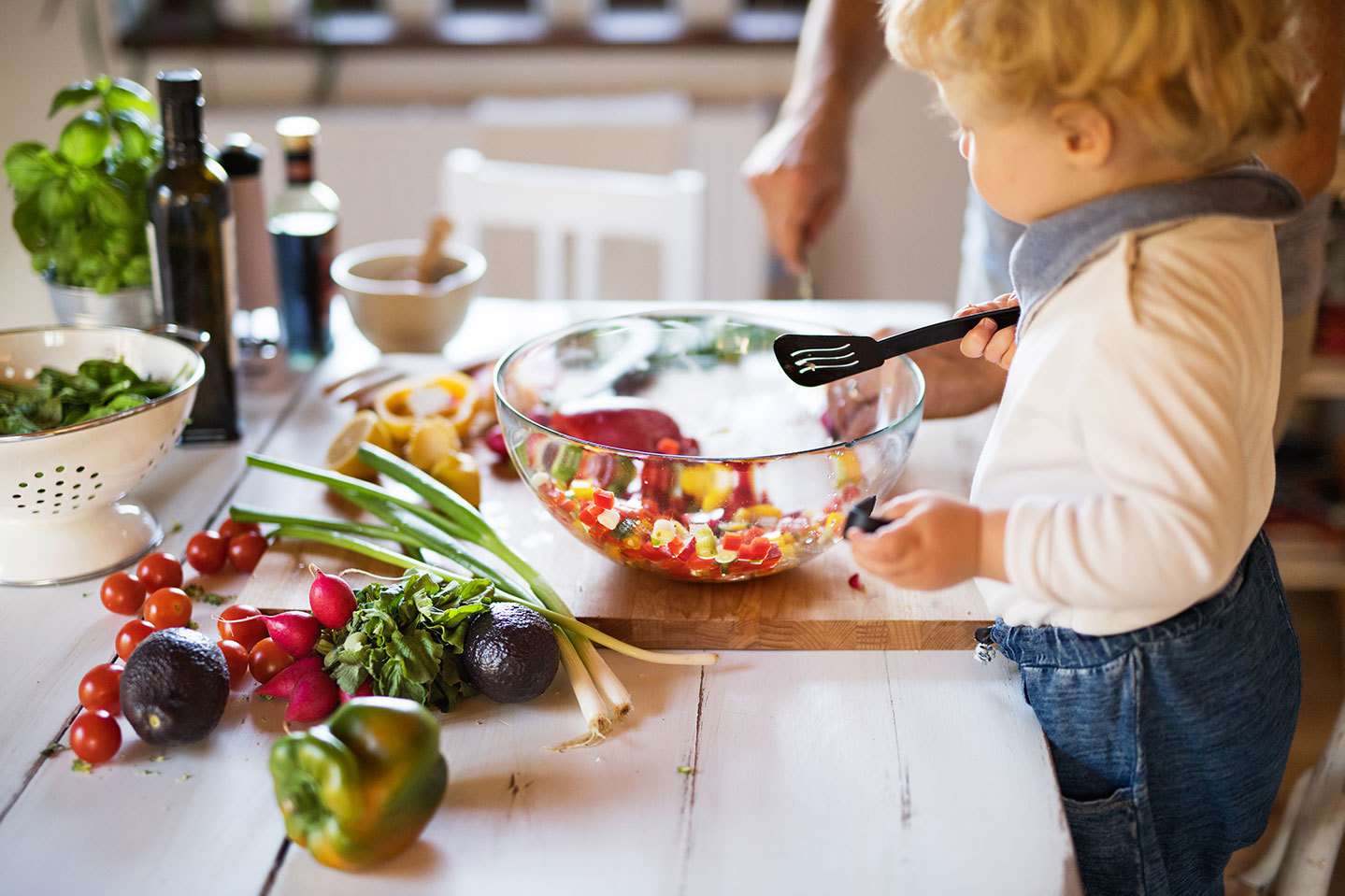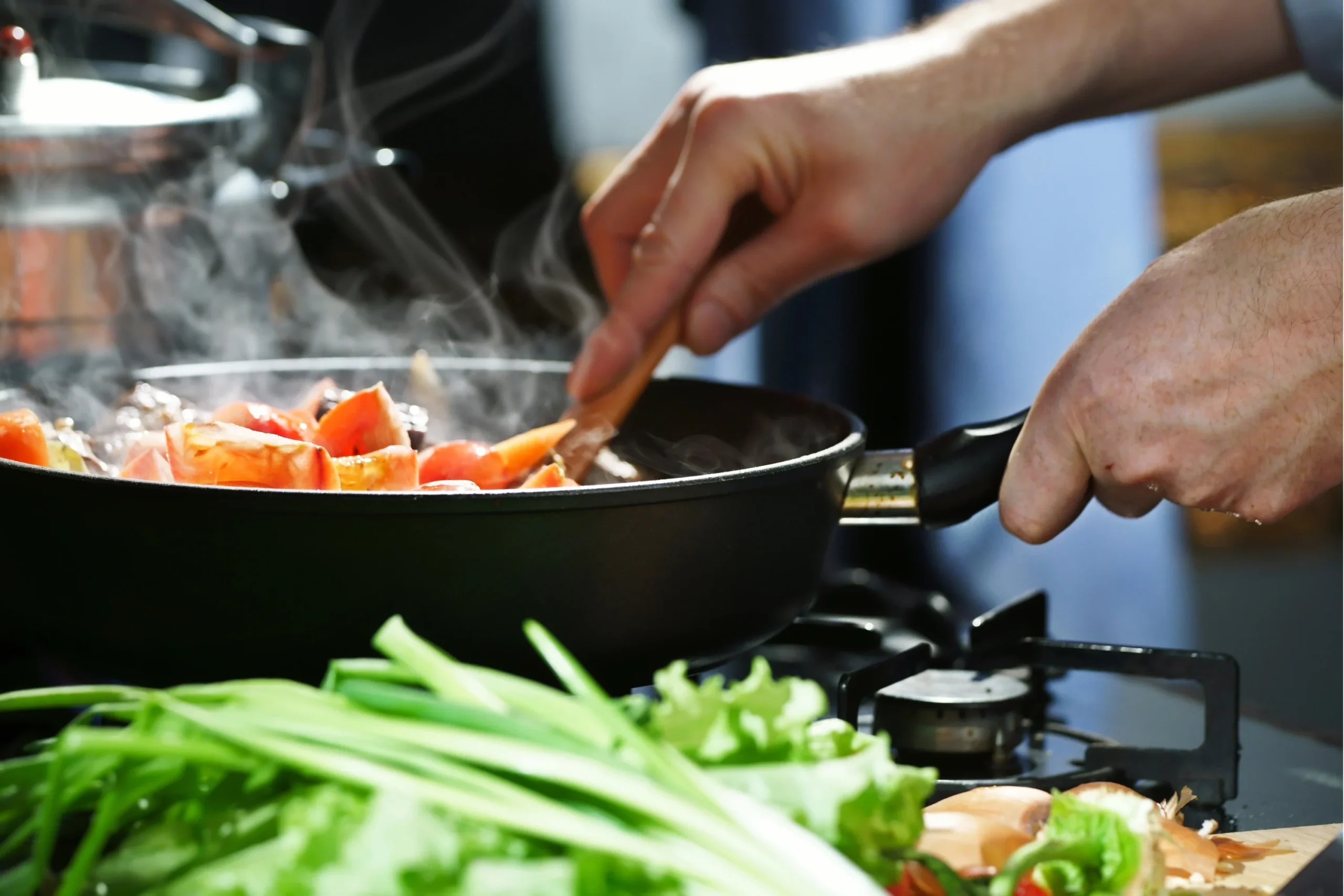Cooking is an art that involves various methods to prepare food. Among the most popular dry-heat techniques are baking and roasting. While they may seem similar at first glance, there are distinct differences between the two. Understanding these differences can help you achieve the desired texture, flavor, and doneness in your meals. In this article, we will explore what sets baking apart from roasting, and when you should use each method in your kitchen.
What Is Baking?
Baking is a cooking method that uses dry heat in an oven to cook food. It’s a method primarily used for items that need to rise or form a structure, such as cakes, bread, pastries, and even casseroles. Baking typically involves cooking food at a relatively moderate and even temperature, ranging from 300°F to 375°F (150°C to 190°C). This method is best suited for foods that require prolonged cooking times or need a steady, gentle heat to cook evenly.
Characteristics of Baking
- Temperature Range: Baking generally occurs at a moderate temperature, between 300°F and 375°F (150°C to 190°C).
- Food Types: Common foods that are baked include bread, cakes, cookies, muffins, and pastries.
- Cooking Vessel: Food is often placed in a pan or dish, and it’s usually covered to retain moisture. The food is typically surrounded by heat for even cooking.
- Purpose: The goal of baking is to cook food through while also allowing it to rise or develop structure, especially in baked goods like bread and cakes.
Example of Baking
An example of baking is preparing a loaf of bread. The dough is placed in a pan and baked in the oven, where the heat allows the bread to rise and cook evenly throughout, forming a golden-brown crust while maintaining a soft and airy interior.
What Is Roasting?
Roasting is another form of dry-heat cooking, but it differs from baking in several ways. Roasting involves cooking food at higher temperatures, typically between 400°F and 450°F (200°C to 230°C). While roasting is often associated with meats and vegetables, it can be applied to other foods as well. The high heat used in roasting caramelizes the natural sugars in food, creating a rich, deep flavor and crispy texture on the outside while preserving moisture inside.
Characteristics of Roasting
- Temperature Range: Roasting occurs at a higher temperature, typically between 400°F and 450°F (200°C to 230°C).
- Food Types: Roasting is most commonly used for meats (like chicken, beef, or lamb), vegetables (such as potatoes, carrots, or Brussels sprouts), and nuts.
- Cooking Vessel: Unlike baking, which often involves covered pans, roasting typically involves an uncovered baking sheet or roasting pan. This allows the food to develop a crisp, browned exterior.
- Purpose: The primary goal of roasting is to achieve a flavorful, crispy exterior while maintaining moisture and tenderness inside, particularly with meats and vegetables.
Example of Roasting
An example of roasting is preparing a whole chicken. The chicken is placed on a roasting pan, typically without covering it, and roasted at high heat. The exterior becomes golden brown and crispy, while the inside remains juicy and tender.
Key Differences Between Baking and Roasting
Temperature
One of the most significant differences between baking and roasting is the temperature at which each method is performed. Baking generally occurs at moderate temperatures (300°F to 375°F), whereas roasting is done at higher temperatures (400°F to 450°F). The higher heat in roasting helps create a more pronounced crispy texture and caramelization on the food’s surface.
Food Type
While both baking and roasting involve cooking food in an oven, the types of foods they are typically used for differ. Baking is most commonly associated with baked goods like cakes, muffins, and bread, as well as casseroles and other dishes that require even, slower cooking. Roasting, on the other hand, is more frequently used for meats, vegetables, and sometimes fruits, as it enhances the natural flavors and creates a desirable crispy or caramelized exterior.
Cooking Vessel
Another distinction lies in the vessels used for cooking. Baking is often done in a covered or enclosed vessel (such as a cake pan or casserole dish), helping to trap moisture and cook food evenly. Roasting is typically done in an uncovered pan or directly on a baking sheet, which allows for moisture to evaporate and helps achieve a crispy, caramelized exterior on the food.
Cooking Time
Baking tends to involve longer, slower cooking times because the process is typically done at a moderate temperature. For example, baking a loaf of bread or a cake can take anywhere from 30 minutes to an hour or more, depending on the recipe. In contrast, roasting usually involves shorter cooking times due to the higher temperatures. Roasting a chicken might take 60 to 90 minutes, but it’s generally quicker than the baking of a similar-sized meat dish.
Moisture Retention and Texture
Baking focuses on retaining moisture in foods that need to rise, like bread and cakes. The enclosed environment of the baking pan helps maintain a moist environment, which is key for the food’s texture. Roasting, however, allows moisture to evaporate, leading to a drier, crispier texture on the exterior, while the interior remains tender, particularly with meats.
When Should You Use Baking vs. Roasting?
Understanding when to bake and when to roast can elevate your cooking game. Here are some general guidelines:
- Use Baking for:
- Baked goods (bread, cakes, pastries, cookies, etc.)
- Casseroles and custards that need to cook gently
- Foods that need to retain moisture or rise, such as muffins or soufflés
- Use Roasting for:
- Meats (roast chicken, beef, lamb, etc.) that benefit from crispy exteriors
- Vegetables (potatoes, carrots, Brussels sprouts, etc.) that need to caramelize and develop rich flavors
- Nuts and fruits that benefit from higher heat and the caramelization process
Conclusion
While baking and roasting are both dry-heat cooking methods performed in an oven, they differ in several ways. Baking generally uses moderate temperatures, focuses on foods that need to retain moisture and rise, and is best for baked goods. Roasting, on the other hand, uses higher temperatures to achieve a crispy, caramelized exterior, making it ideal for meats, vegetables, and certain fruits.
By understanding these key differences, you can make informed decisions about which cooking method to use, ultimately enhancing the flavor and texture of your dishes. Whether you’re preparing a loaf of bread or a roasted chicken, each method brings its own unique benefits and results.




